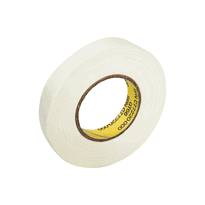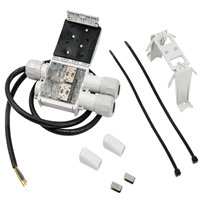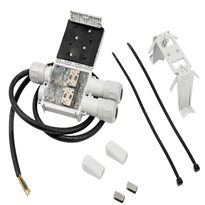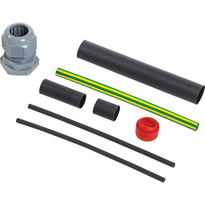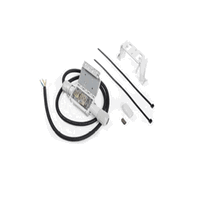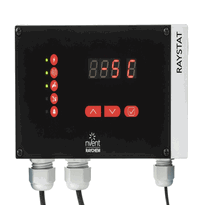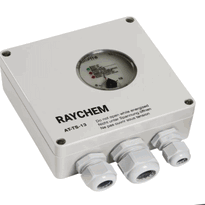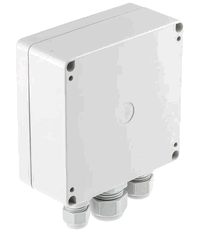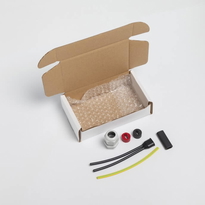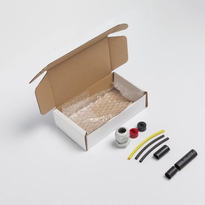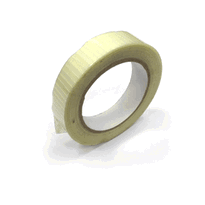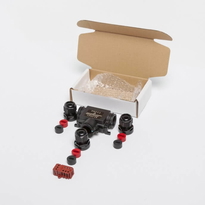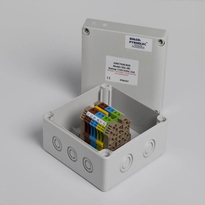Waterline Heating Cable
Waterline heating cables are specialized, electrically powered products designed to prevent water pipes from freezing by providing consistent heat along their length or at critical sections. They are available in various types, such as self-regulating, constant wattage, and mineral-insulated, each suited for different environments and pipe materials. Installation involves securing the cable along the pipe with appropriate tape, ensuring safe clearances, and, if internal, using conduits. Their durability and compliance with safety standards enhance reliability, and understanding these aspects helps optimize system performance. Continuing further reveals technological innovations and best practices for effective usage.
Types and Working Principles of Waterline Heating Cables
Waterline heating cables come in a variety of types, each designed to meet specific heating requirements and suit various environmental conditions. Understanding the differences between these types can help you select the most appropriate solution for your needs.
Self-regulating heating cables adjust their heat output based on the ambient temperature. They increase heat in colder zones and reduce it as temperatures rise, enhancing energy efficiency and safety. This makes them ideal for applications where temperature variations are expected or where precise control is necessary. Their ability to avoid overheating minimizes energy waste and reduces the risk of pipe damage.
Constant wattage heating cables deliver a fixed amount of heat along their entire length, regardless of external temperature changes. Their consistent performance makes them suitable for applications requiring uniform heating, such as maintaining pipe temperatures in cold climates or preventing freezing.
Mineral-insulated cables are constructed with a durable metal sheath and mineral insulation, offering exceptional resilience and the ability to withstand extreme environmental conditions. However, they're less commonly used for typical residential or commercial waterline heating due to their higher cost and specialized installation requirements.
Parallel resistance cables maintain a consistent level of heat output even if part of the cable is damaged. This characteristic makes them particularly suitable for hazardous or high-risk areas where reliability is essential.
Pre-assembled heat trace cables are supplied ready-to-install with built-in power connections, simplifying installation and ensuring reliable operation. Their convenience makes them a popular choice for both professional installers and DIY enthusiasts.
Common Applications and Benefits in Water Pipe Management
Waterline heating cables are widely utilized across a variety of environments and pipe types to address the ongoing challenge of preventing pipe freezing and consequential damage. They are particularly effective for safeguarding water supply lines in colder climates, outdoor plumbing systems, well pipes, and unheated sections of buildings. These cables work by maintaining a consistent temperature above the freezing point of water within the pipe, thus significantly reducing the risk of pipe bursts and the resultant water damage.
Furthermore, their energy-efficient design ensures reliable protection while minimising power consumption. This makes them an economical choice for large-scale or long-term installations. Their flexibility allows for installation on a broad range of pipe materials, including metal and plastics, in diverse settings. Whether installed as internal wraps or external attachments, these cables provide versatile solutions tailored to specific needs.
By employing waterline heating cables, property managers and homeowners can achieve dependable operation, significant cost savings, and enhanced safety in water pipe management. The comprehensive application of these cables ensures effective freeze protection, leading to fewer plumbing emergencies and less disruption during cold weather periods. Their easy installation methods enable quick setup in both new and existing installations, making them a popular choice among professionals and DIY enthusiasts alike.
Application Overview
Application Area |
Pipe Type |
Installation Method |
| Outdoor plumbing | Metal and plastic | External attachment |
| Well pipes | Plastic or metal | Inside insulation |
| Unheated building sections | PVC, copper, steel | External wrapping or internal |
| Waste and sewer pipes | Any material | External or embedded |
Installation Techniques and Safety Considerations
Proper installation techniques for waterline heating cables are essential to ensure safe, reliable, and efficient freeze protection. The cable must be laid flat along the pipe, avoiding wrapping or spiraling, which can cause overheating or damage. Use CSA-approved electrical tape rated for at least 80°C to secure the cable on the pipe's coldest side. After securing it with fiber-reinforced tape, apply aluminium tape over the cable; this promotes even heat distribution. For internal pipe installation, utilize a conduit piston or ‘mouse’ to pull the cable through safely, verifying it's centered to prevent hot spots. Proper insulation also plays a crucial role in maintaining heat transfer efficiency and preventing cold spots that could compromise the cable’s performance. All electrical connections should be positioned away from cold exposure and made in accordance with local electrical standards. Residual Current Devices (RCDs) should be used for safety. Ensuring proper insulation and conducting regular inspections are critical to maintaining system efficiency and safety.
Advances and Standards Shaping the Industry
Advances in heat cable technology and evolving industry standards are having a significant impact on the development, manufacture, and application of waterline heating cables. Modern self-regulating cables now adapt their heat output dynamically in response to ambient temperatures. This capability enhances energy efficiency and helps to lower operational costs.
Material advancements have further increased the durability of these cables. They're now better equipped to withstand challenging weather conditions, ultraviolet (UV) exposure, and corrosive environments, thereby extending their service life. Proper maintenance and installation practices also play a crucial role in maximizing cable longevity. Additionally, the introduction of factory-terminated, customizable cables up to 300 meters in length improves installation flexibility and efficiency for a variety of projects. The use of industry standards and third-party testing ensures consistent safety and performance across applications.
Industry standards play a crucial role by requiring third-party testing to confirm safety and compliance in both standard and hazardous environments. These standards ensure that waterline heating cables maintain consistent performance despite fluctuations in electrical supply.
Together, these innovations and regulatory standards guarantee that waterline heating solutions are reliable, safe, and energy-efficient. They meet the diverse needs of UK applications, supporting sustainable and cost-effective heating solutions across residential, commercial, and industrial sectors.
Conclusion
Waterline heating cables provide dependable solutions for preventing water pipes from freezing, with a range of types suitable for specific applications. Proper installation techniques and compliance with safety standards are vital to ensure their effective operation and durability. Advances in technology continually enhance performance and energy efficiency, making them an excellent choice for managing water pipes in UK settings.
Understanding how they work, their suitable application environments, and safety considerations enables informed decision-making. This ensures that the system operates correctly and minimises the risk of failure or hazards, thereby safeguarding property and ensuring a continuous water supply during colder months.








